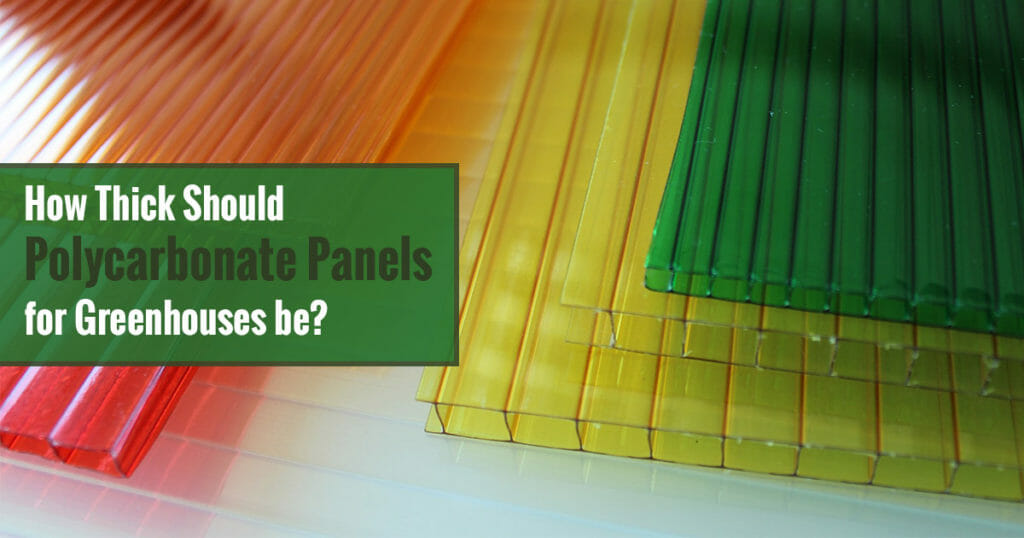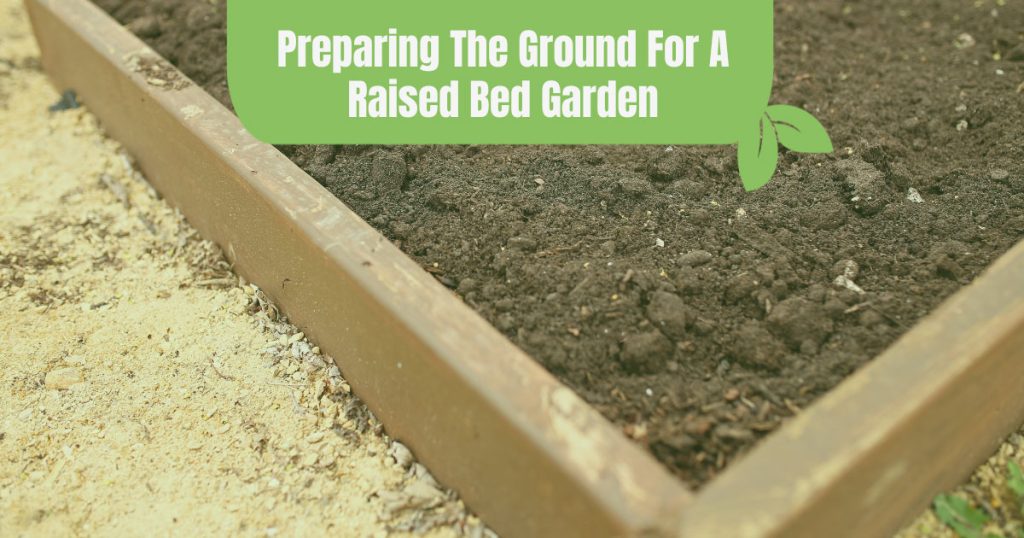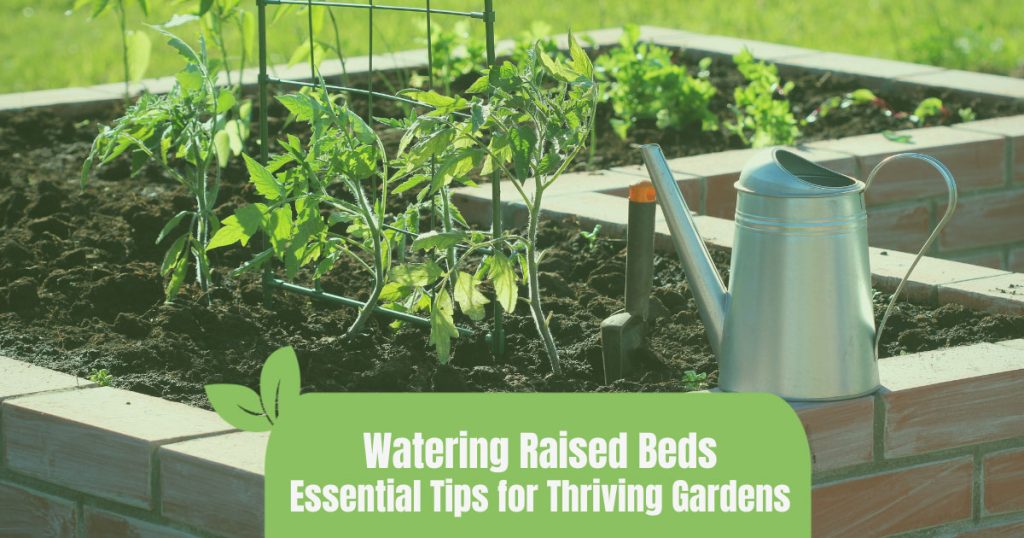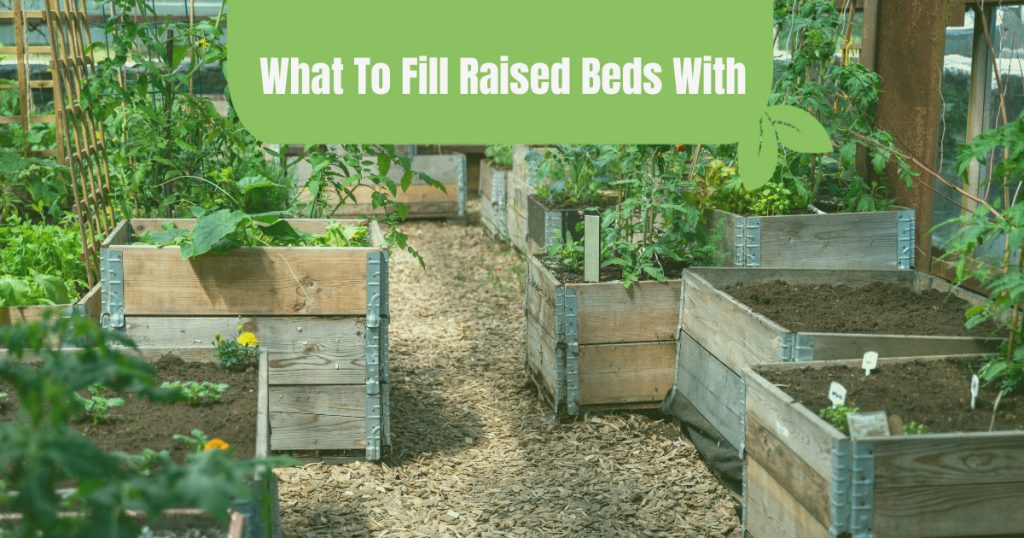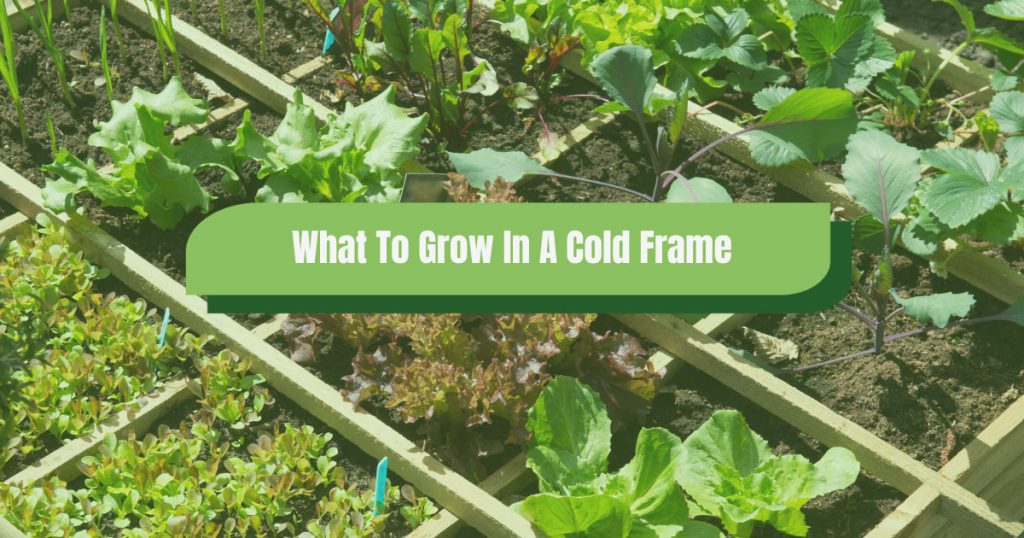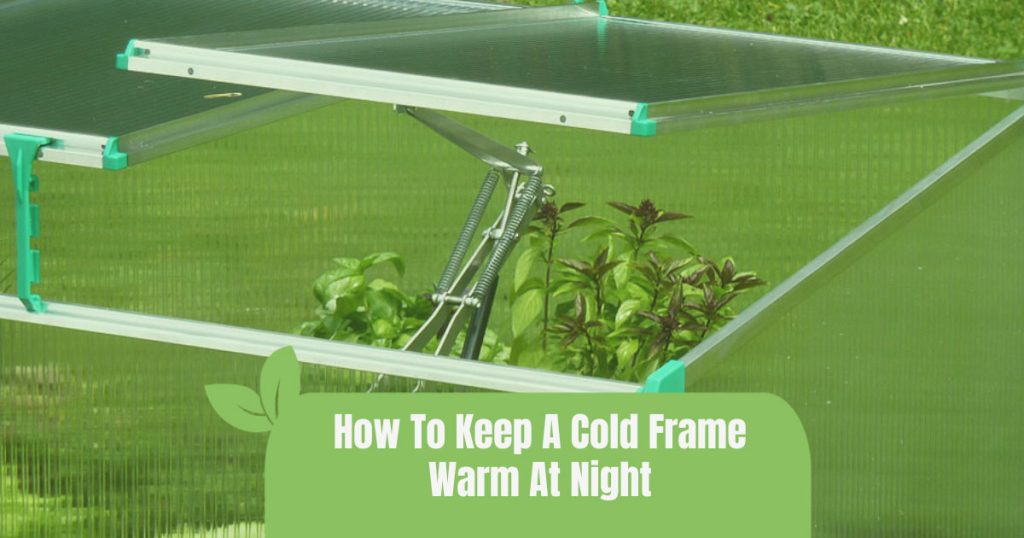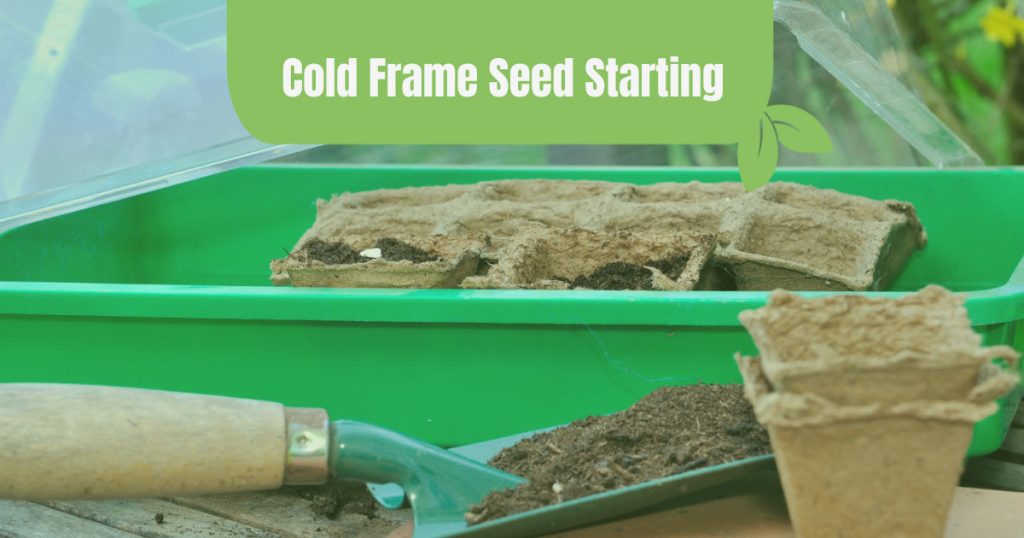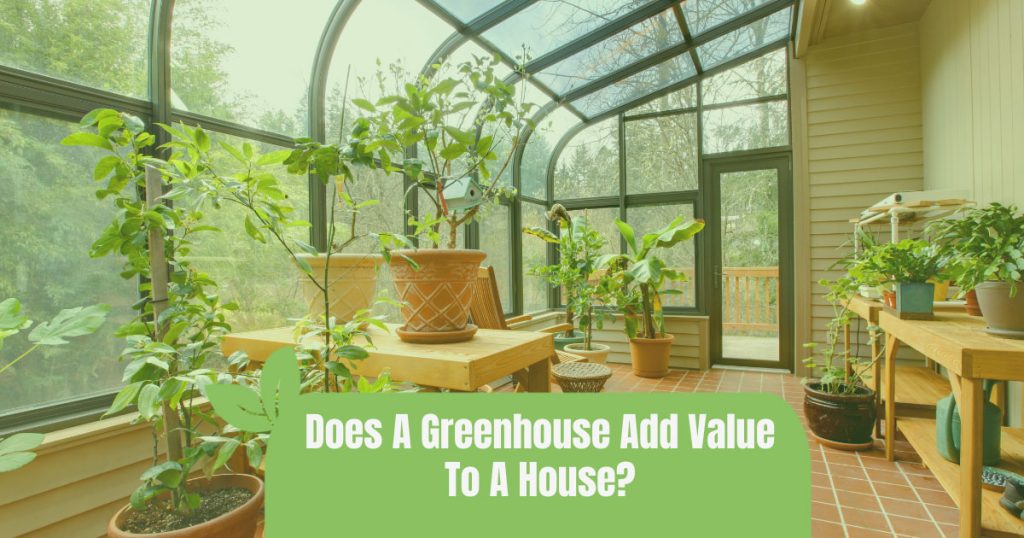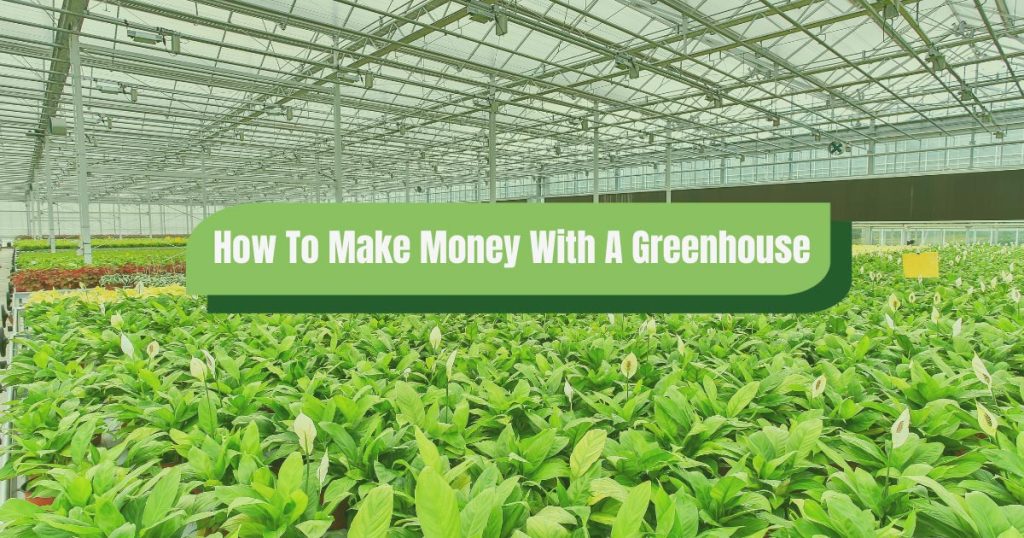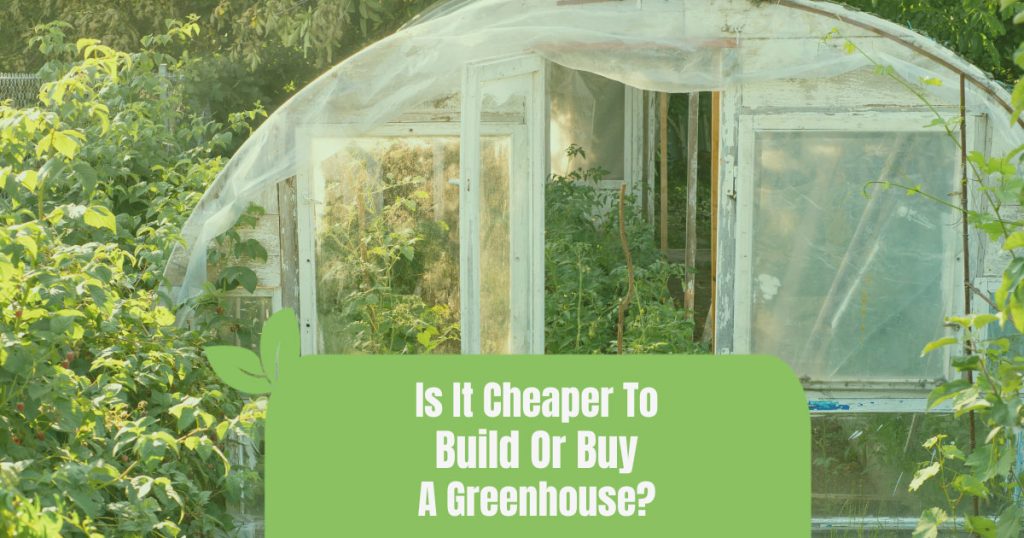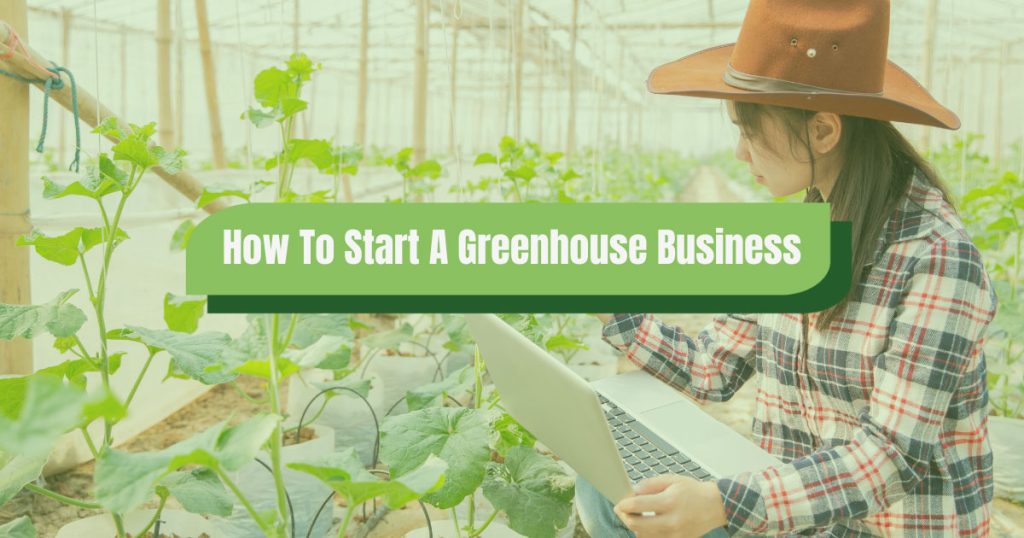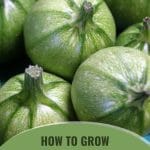
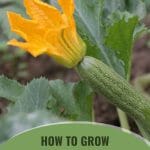


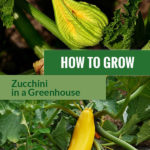
Planting zucchini from seeds is simple. It grows in containers where the roots can stay warm and you can entirely regulate their watering. As container practice increases demand, various small growing types of zucchinis are being developed. Grow zucchini in a greenhouse and experience a bountiful year-round supply.
Zucchini seeds
Heirloom seeds provide identical crops in years of planting, unlike hybrid seeds. The black beauty heirloom variety is a shiny, greenish-black zucchini. It can be harvested after 50 days when it grows around six to eight inches long. Zucchinis are usually green, though yellow types are also available. There are also pattypan, scallop, and crookneck varieties.

Healthy perks of zucchini
Zucchini is surprisingly healthy and packed with nutrients. Here are some nutritional benefits of zucchini:
- It includes significant quantities of electrolytes, fiber, and supplementary nutrients that are essential for a strong digestive system.
- It is loaded with anti-inflammatory phytonutrients and antioxidants which help get rid of free radicals that slow down aging.
- Low in fat and sodium, but high in potassium and fiber. These help control normal blood circulation.
- Zeaxanthin and lutein are remarkably beneficial in maintaining and enhancing eye health by fighting free radicals.
- It is a valuable source of B-vitamins, especially folate, and riboflavin which increases energy production in our body.
- It is a great food for those wishing to reduce their body weight because it is low in calories and high water content.
How to grow zucchini in a greenhouse
- Pack your two-inch seedling pots with the soilless seed-starting mixture.
- Put one zucchini seed in every pot and coat it with half an inch of soil.
- It prefers fertile, well-drained, and loamy soil.
- It will sprout in five to seven days. Now it is ready to transplant into a big, permanent container.
- Use a well-draining soilless potting mixture in the new big container.
- Fill the container to an inch below the edge.
- Moisten the potting mix until it is loose and soft.
- Scoop out a shallow pit in the middle of the pot large enough to contain the root ball of a zucchini plant.
- Slide the seedling from the small pot and arrange it into the new container with the bottom of the stem planted at the very depth in the soil as it was in the previous seeding pot.
- Slightly pat down the soil to settle the seedling in the new pot.
- Feed once a week. Add a plentiful amount of compost.

Pollinate your zucchinis properly
Zucchinis have both male and female flowers. You will see the male flower on the edge of the thin stem and the female flower on the end of little fruit. These flowers typically open in the morning. The best time to pollinate is in the morning as the air warm.
The appropriate pollination of zucchinis is an essential phase for a successful yield. With an incorrect method of pollination, fruits may emerge but will not grow or ripen anymore and will finally start shrinking.
Zucchinis that are grown in a greenhouse need beneficial insects and proper airflow. Either keep doors and vents open for pollination or try to manually pollinate the plants. The VegiBee Garden Rechargeable Pollinator is your best friend here! Simply collect some fresh pollen smoothly from the male flower anther and dust it into the female flower stigma.

Fertilization
Zucchini needs a soil pH from 5.5 to 6.8. The combination of mineral salts needs to be approximately 1.5 to 2.0 dS/m. The table below shows the right proportions of nutrients to be given to obtaining proper nourishment.
| Nitrogen | 1.0 |
| Phosphorous |
0.42 |
| Potassium |
2.31 |
| Calcium |
2.15 |
| Magnesium |
0.30 |
| Iron |
0.03 |
Density
When we talk about the density of your zucchinis, it is advisable to manage 1.5 to 1.7 plants per square yard. This is to prevent problems with Sclerotinia or Botrytis. To prevent these from happening, you have to maintain the relative humidity and make sure it will not rise in your greenhouse. Remember that lack of moisture, on the other hand, will produce insufficient growth and may even reduce harvest.
Zucchinis can also be planted at a higher density usually by double rows and can be planted at up to 2.5 plants per square yard. It will improve your harvest but will produce smaller fruits. Depending on the density of planting and weather circumstances, make sure you water heavily to overcome evapotranspiration (ET) losses.
Water properly
Water if the tip of the soil seems dry to your touch which is usually every day or every other day. Moisten the soil completely every time you water. Put the pot on a saucer or tray to collect water and to protect surfaces. Clear the saucer after watering to prevent water from lying around the root.
Zucchinis must get around one inch of water every week especially throughout the growing season. It is better to use drip irrigation systems and never touch them when wet.
Suitable lighting and temperature
Zucchini thrives best during the sunnier months, which is why it is named summer squash. You can definitely start planting this vegetable at other times in your greenhouse and protect it from extreme cold. Grow zucchini at a bright spot in your greenhouse where it will receive at least five to six hours of daylight every day. The temperature should range between 65°F to 75°F.
Protect them from pests
Even with the risk of bugs like squash bugs and squash vine borers, zucchini is still so easy to grow and does not expect a bunch of investment.
Squash vine borers seem like a one-inch long white caterpillar. They tunnel into the plant and can move undetected until your zucchini dies back. To fight this, be on the lookout for holes and yellow sawdust droppings at the bottom of the vine. Cut the stem and remove the pest inside then heap the soil up throughout the stem wound so it can re-root.
Orange and black adult wasps lay their eggs sometime between April to July. You will notice tiny red and orange eggs found at the bottom of stems and merely underneath the ground. Take them off immediately once you recognize them.
Squash bugs or stink bugs are also a concern. They usually feed on the leaves and make them dry up and darken. Plant some radishes, nasturtiums, or French marigolds to repel these bugs or handpick them. You may also try to trap the adults and get rid of them.
Striped or spotted cucumber beetles don’t really hurt your zucchinis but they carry bacterial wilt. You will need to start a new seed once your plants are affected.
You should mulch gradually and eliminate all the weeds that emerge. It helps to prevent diseases that may attack your zucchini.
Time to harvest
Zucchini takes about two months or from 50 to 70 days until it can be harvested. It is ready to pick and taste the best when they reach about six to eight inches long. Cut them using scissors because pulling may hurt the roots of the remaining seedlings. You may also twist them off the stem carefully. They will start becoming woody and won’t taste good if grown for too long. Remember to put on your gloves when harvesting or pruning zucchini because its stems have prickles.

How to save zucchini seeds
Leave your zucchini on its vine until it is perfectly ripened. It normally takes two to three weeks after harvest time. Once they are ready, cut it from the vine and let them rest for four to six weeks. Slice them open and collect the seeds.
Wash the seeds with water and place them out to air-dry in a cool spot. Screen them to eliminate excess substances. Save the seeds in a cool dark room with low humidity. The seeds will last for three to four years if perfectly dried and stored correctly.



